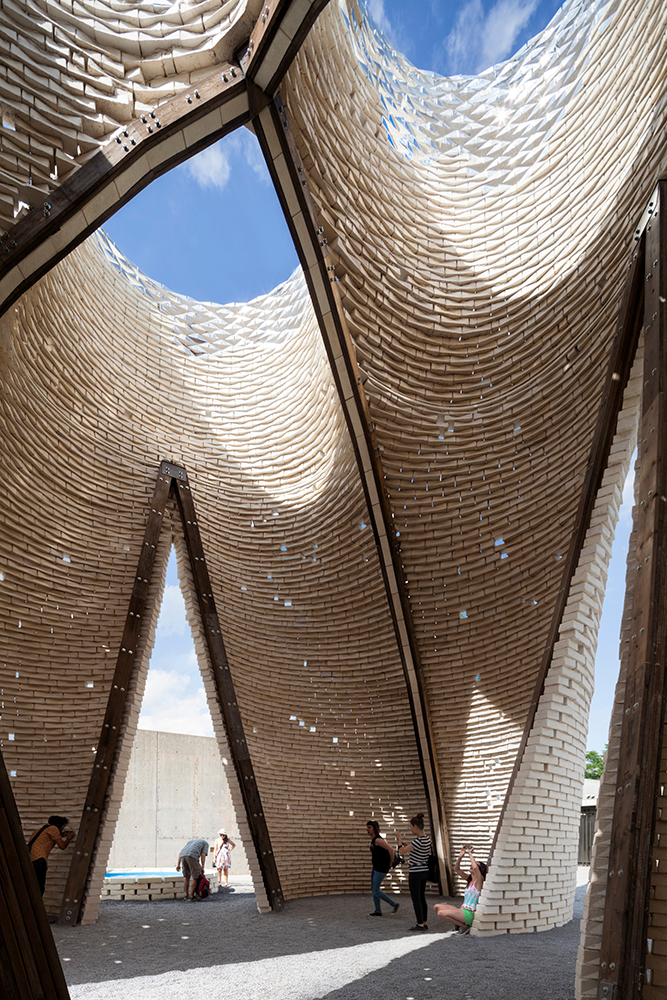
The fungus Serpula lacrymans, known commonly as dry rot or brown rot, causes millions of dollars in damage every year to buildings worldwide.Footnote1 Its presence on timbers that carry structural loads for buildings is particularly problematic because the organism feeds on wood’s soft tissues and leaves behind a crumbling skeleton (Figures 1 and 2). Overshadowed by the grievances with dry rot fungus, however, is an untold story of a mutually beneficial coevolution between S. lacrymans and architecture. In Interaction and Coevolution (1982) John N. Thompson defines coevolution as “reciprocal evolutionary change in interacting species.”Footnote2 In the coevolutionary process, each organism in a living system of organisms reacts to meet its own needs and the needs of the other organisms.Footnote3 Scientists, designers, and homeowners agree that humans construct the ideal environment for S. lacrymans. What might be more difficult to entertain is the idea that the S. lacrymans meets the needs of the discipline of architecture by teaching it about the ingenuity and craft required to protect wood buildings from decay. This essay argues that codependence between humans and S. lacrymans is beneficial. Why? Because as S. lacrymans continues to antagonize humans, it reminds us that the best craft is a result of an ongoing process of adapting buildings to a particular time and environmental circumstance.
Continue Reading:





